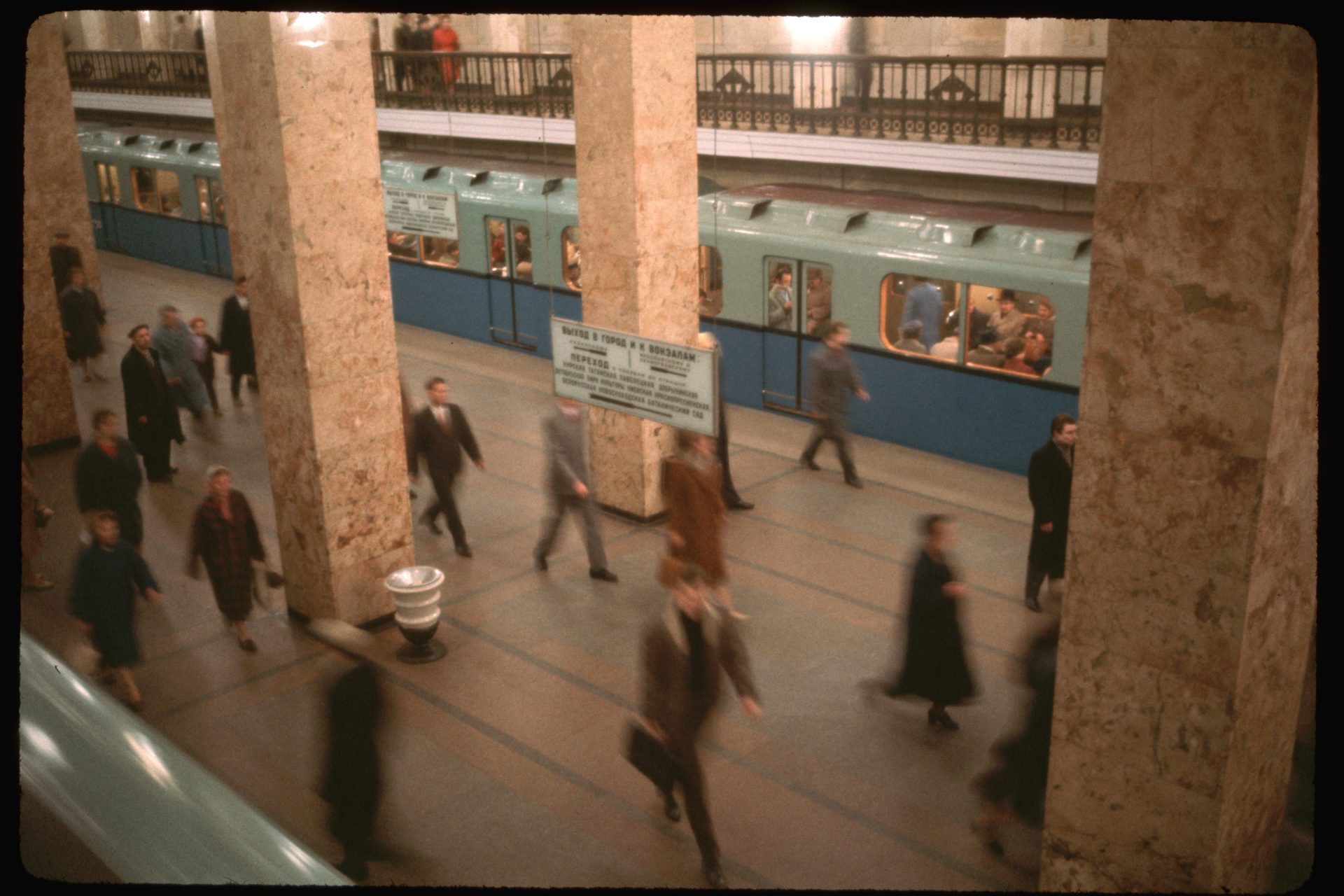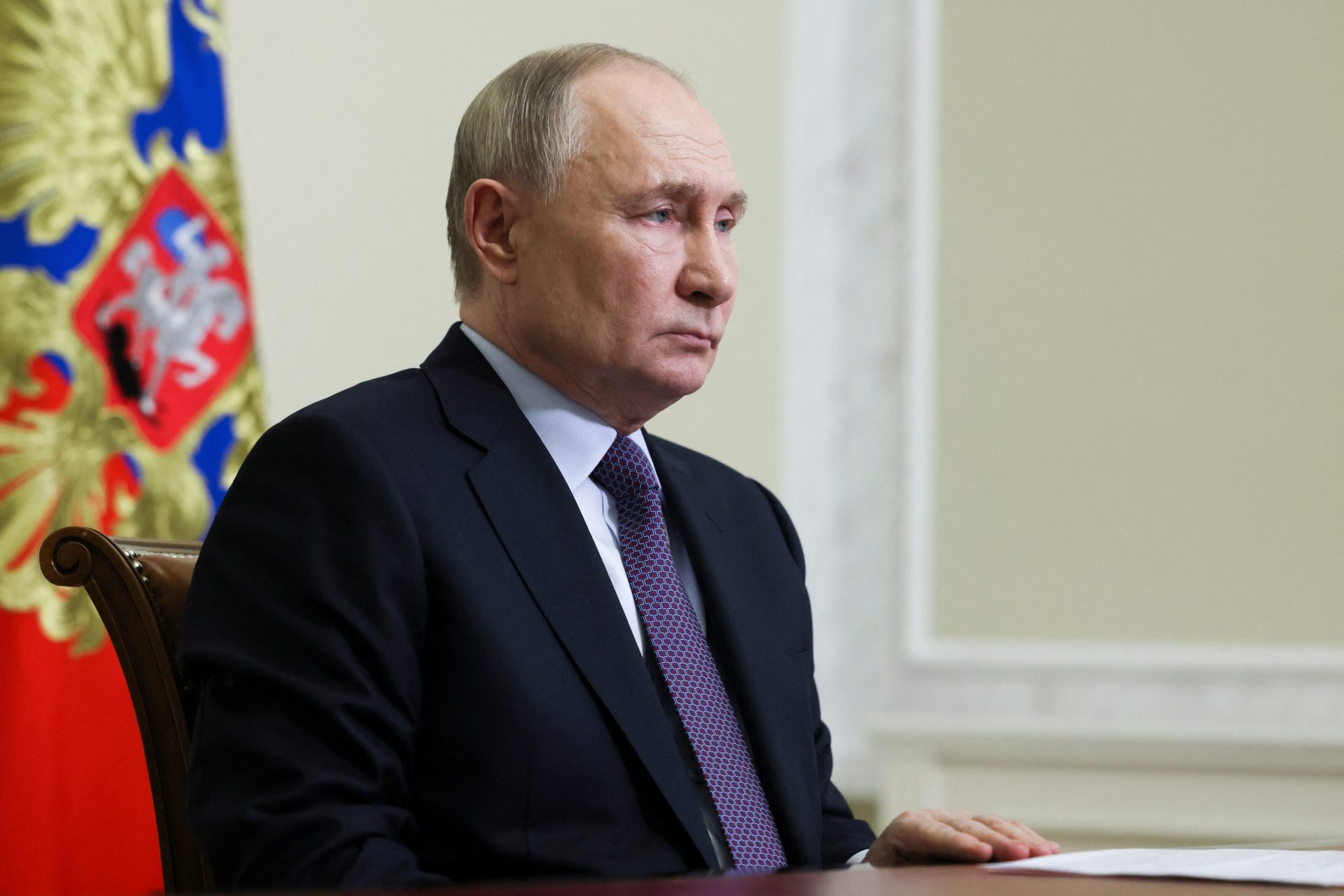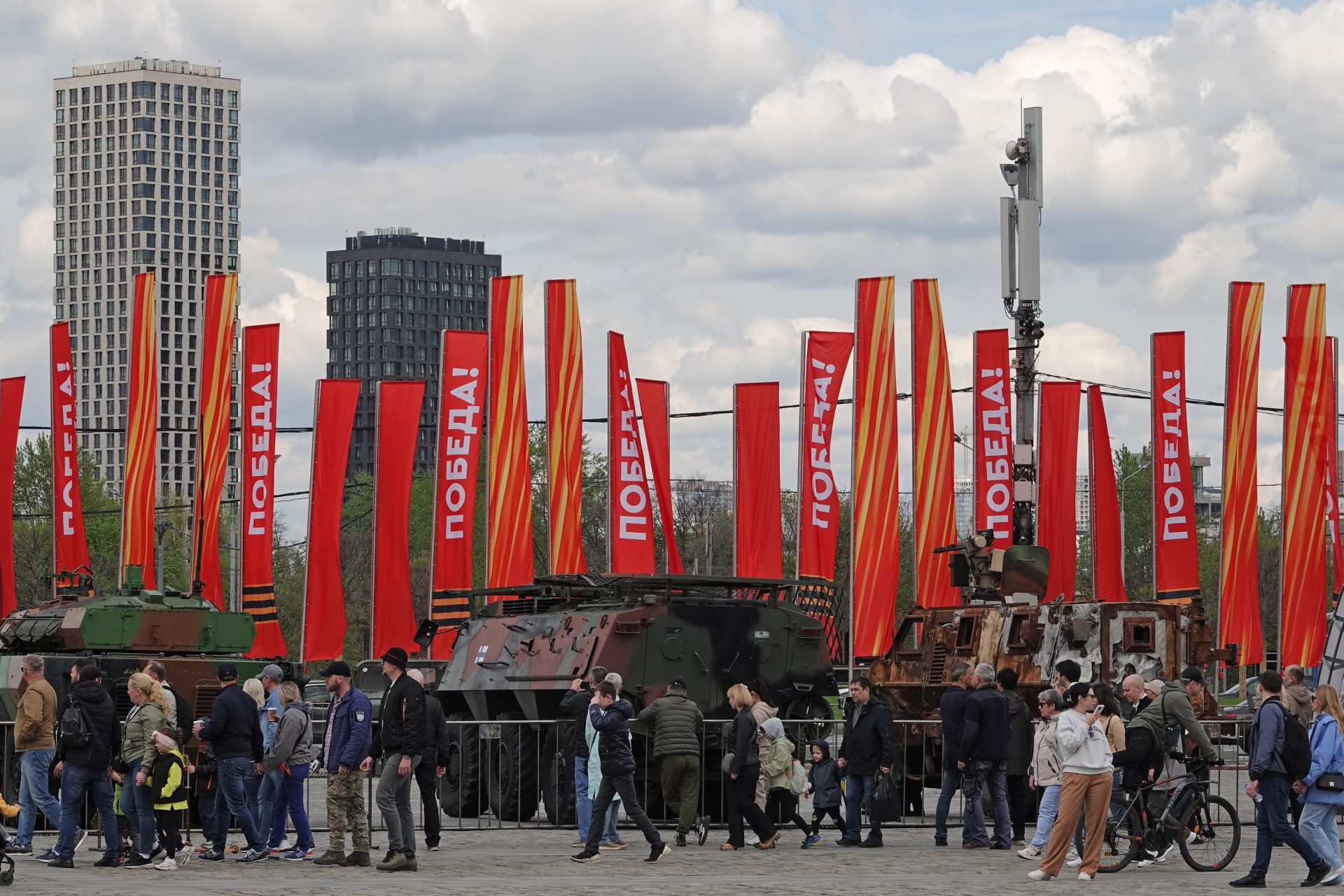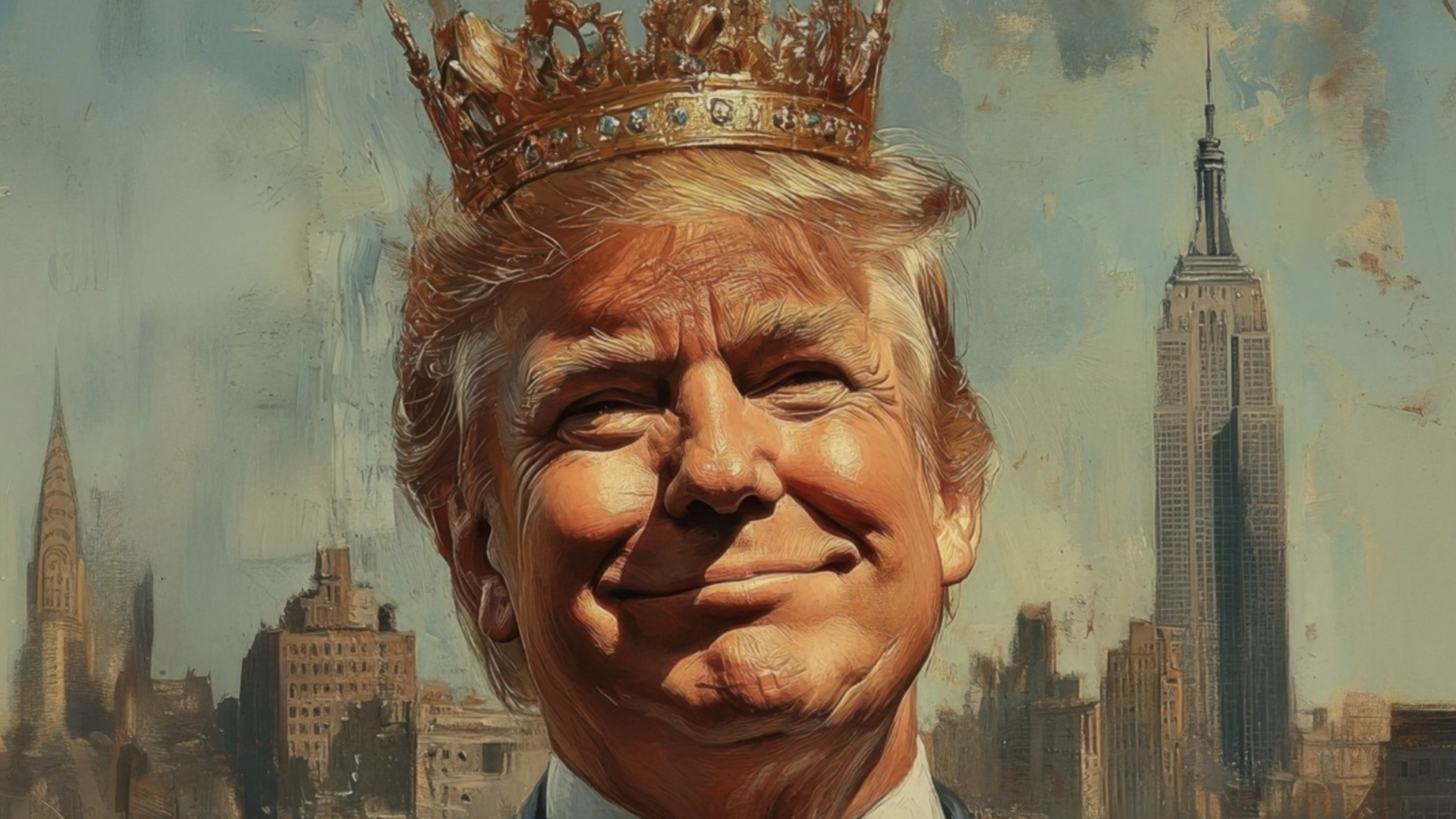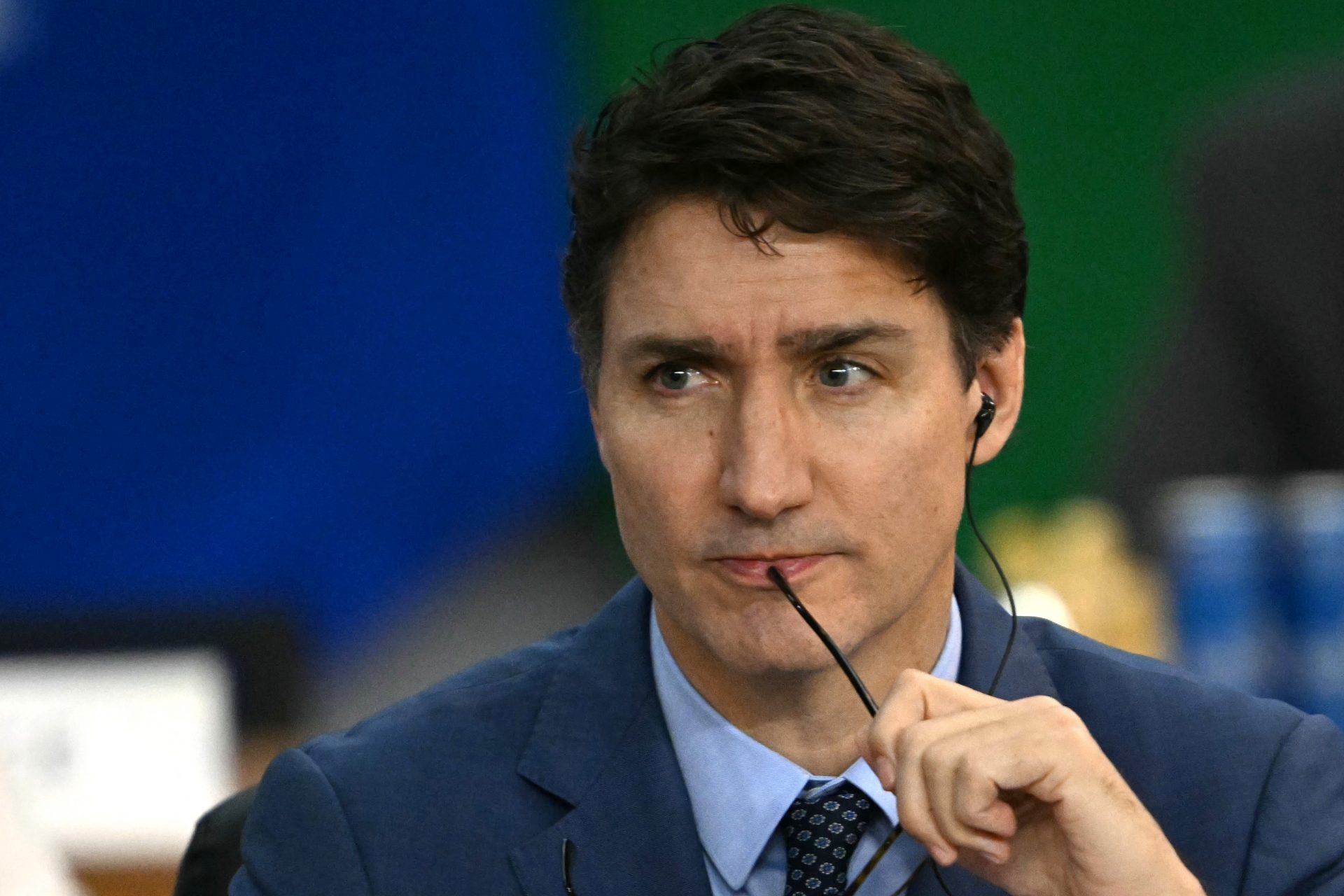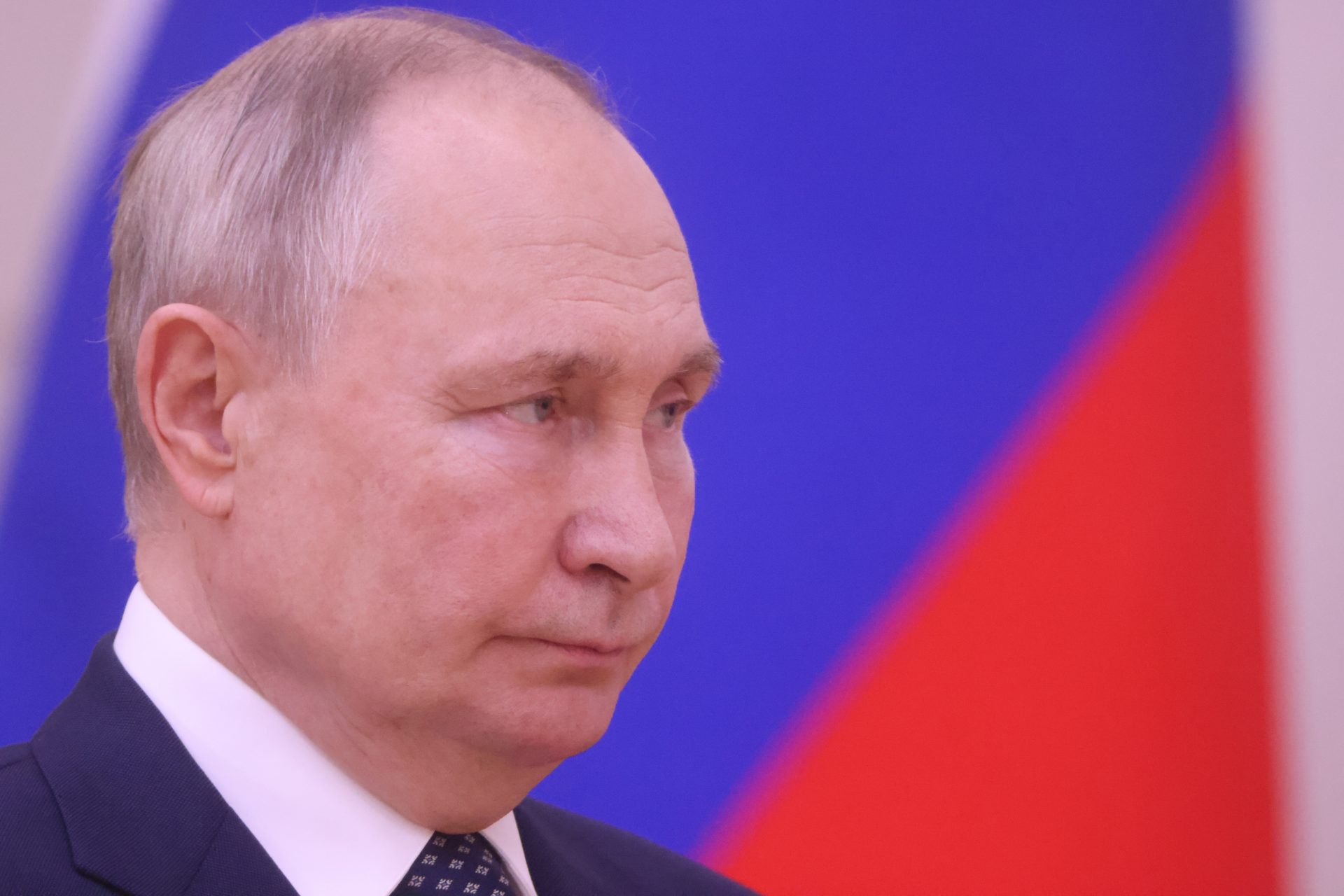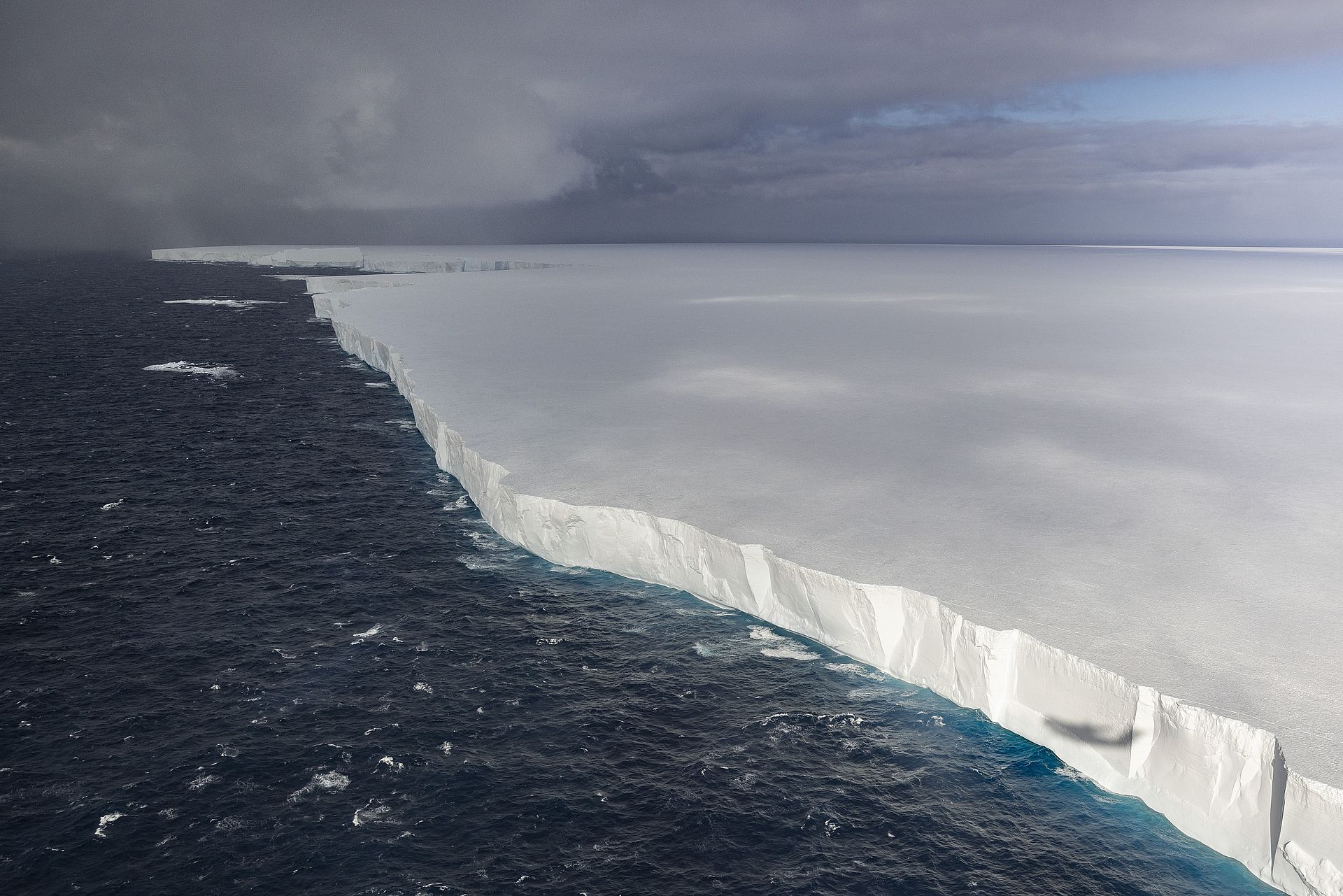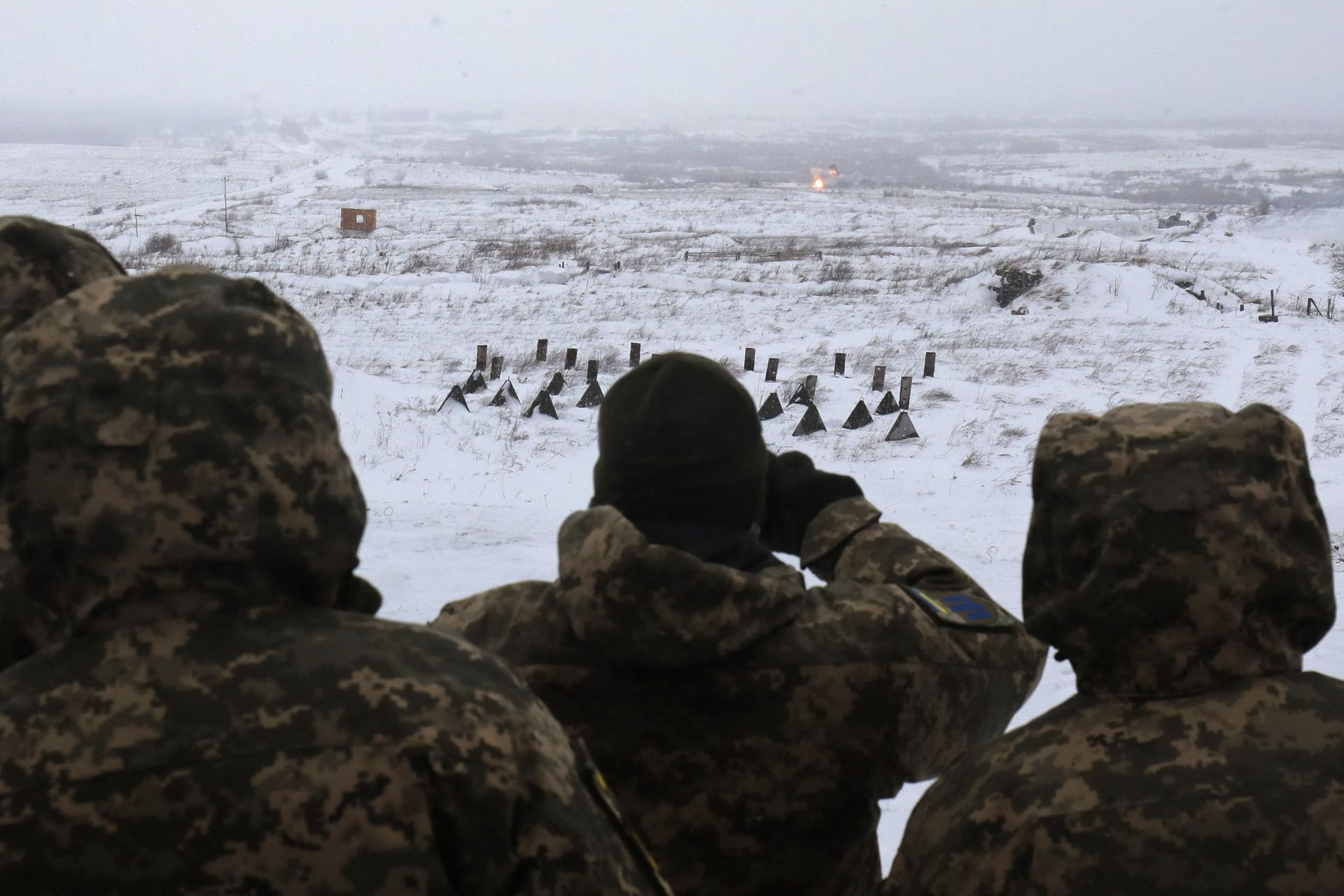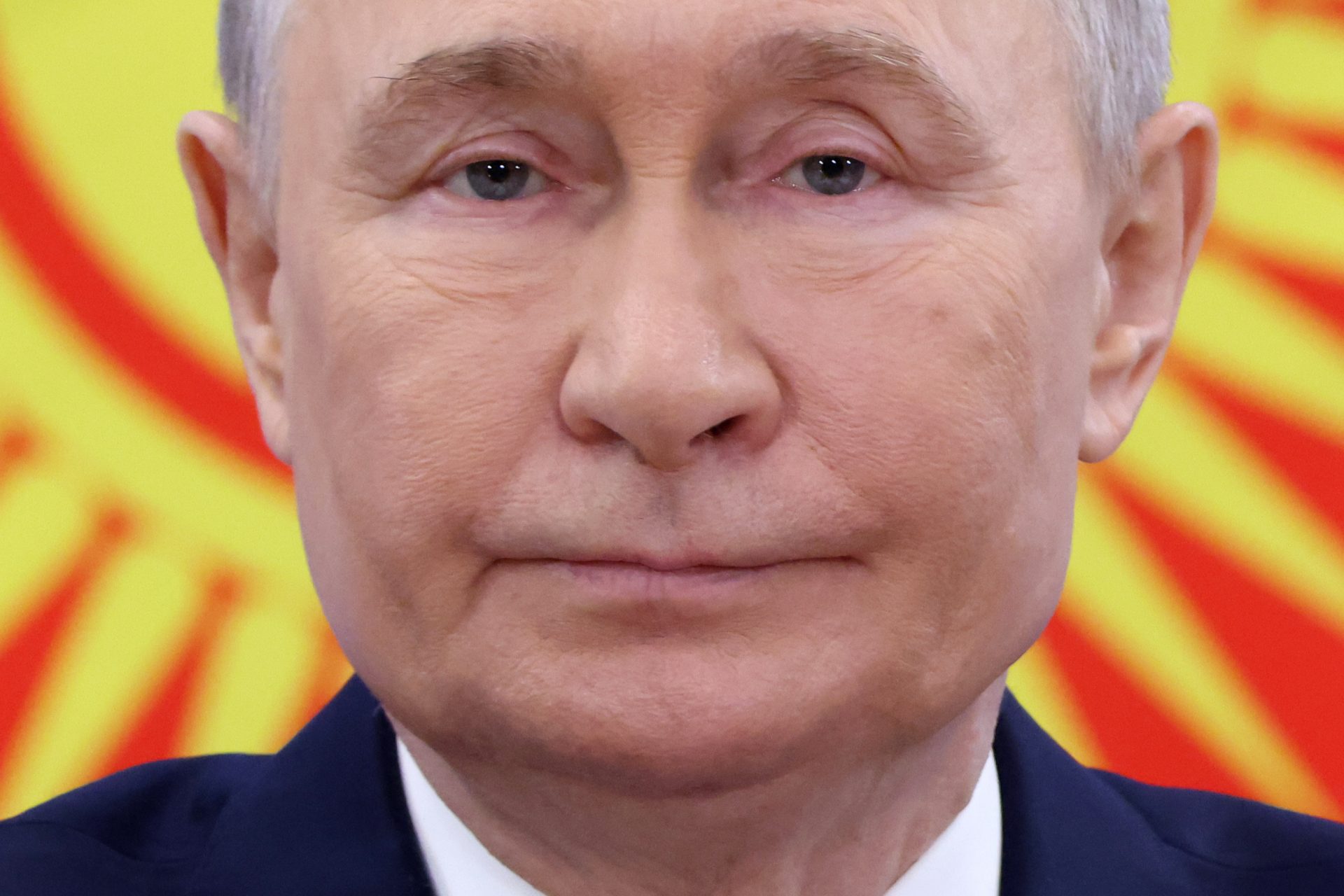Is there a secret Soviet subway under Moscow?
There are many secrets and rumors from the Cold War that we probably will never have an answer to. One of them that has been rumored for decades is the existence of a secret subway system under Russia’s capital. However, this might be more real than you think.
Kremlinologists, conspiracy theorists, and other speculators have dubbed this alleged transit system as “Metro-2”, to distinguish it from the Moscow Metro, which is Metro-1.
The Moscow Metro opened in 1931 and was meant to be a break from mass transit systems in capitalist countries such as the London Underground or the New York City Subway, which were claustrophobic, dingy, and unkempt.
Pictured: The NYC Subway in the late 1940s.
In contrast, the subway system of the Soviet capital was made with all the grandeur of the workers’ paradise. Built in classic Stalinist architecture, these were meant to be underground “palaces of the people”.
Moscow’s geology presented a challenge for engineers, which were forced to build stations and tunnels as deep as 100 feet (30 meters) underground.
This proved useful in World War 2, with the stations also serving as air raid shelters. Stalin and his cabinet relocated their offices within the Mayakovskaya station as Hitler’s troops attempted to reach Moscow.
In the early 1950s, as the Cold War unfolded and the fear of nuclear attacks was more real than ever, newer stations of the Moscow Metro were developed as fallout shelters.
It was around this time that Metro-2 supposedly came into existence, though everything related to it is shrouded in myth and speculation.
Rumor has it that the project, under the code name D-6, was developed during the final years of Stalin’s rule.
Allegedly, it would connect Stalin’s estate on the outskirts of Moscow with some of the most important buildings of the Soviet capital.
Pictured: The former headquarters of the KGB circa 1980.
These would include the Kremlin, the KGB headquarters, the offices of the General Staff, Moscow State University, and the Vnukovo International Airport.
Some of the wildest theories include the existence of an underground city, capable of sustaining tens of thousands, located in the Ramenki district and supposedly built in the 1970s.
Pictured: Moscow's Vnunoko Airport.
Is Metro-2 real? Neither the Russian government nor the Moscow Metro administration has confirmed or denied its existence, but some evidence throughout the years reveals that there’s something underneath.
It’s known that the Soviet government did build at least one fallout shelter, known as Bunker GO-42, as an emergency command post in case of a nuclear war. Similar facilities were built in the United States, Canada, and the United Kingdom at the height of the Cold War.
Bunker GO-42, which could house 600 people for a month without outside resources, was declassified and auctioned off in the 2000s and now houses a Cold War Museum. The bunker was also connected to the Moscow Metro, but not the alleged Metro-2.
A 1992 Time magazine article cited an anonymous KGB officer about the existence of an underground bunker in Ramenki with quarters for the Soviet government and capable of housing thousands for decades.
The article also described other shelters, such as one near Moscow State University, that time and lack of maintenance had rendered useless.
When the Hotel Rossiya, nicknamed the Red Square Hilton, was demolished in 2006, a series of secret tunnels were found underneath. The hotel had served as a meeting for high-ranking Soviet officials during the USSR years.
There were tunnels connected the former site of the Hotel Rossiya with the Kremlin and unknown locations, but local authorities reportedly closed down further investigation.
The biggest evidence is from the US Department of Defense. A report written in 1991, titled ‘Military Forces in Transition’, argues the existence of an underground transit network under Moscow to be used in case of a nuclear war.
“The Soviets have constructed deep-underground both in urban Moscow and outside the city. These facilities are interconnected by a network of deep interconnected subway lines that provide a quick and secure means of evacuation for the leadership,” states the report.
Declassified Soviet documents cited by Russian journalists reveal that there was probably a single-track tunnel, twice as deep as the regular Moscow Metro, but not as complex as being regarded as its own secret subway system.
Also, there is or was a remote air intake network for the deep subway system that reportedly was managed by the Moscow Metro but fell under KGB custody in the late 1960s.
These tunnels included a track for support and were dubbed DV-1 and DV-2. Some believe that exaggerated tales of this ventilation system made by government officials, subway workers, and urban explorers might be the origin of the legend of Project D6.
Throughout the years, there have also been accounts of the existence of Metro-2 but no solid proof so far.
According to The Daily Mirror, Mikhail Poltoranin, who was Minister of Press under Boris Yeltsin in the 1990s, confessed that there was “an extensive network of tunnels and an emergency command center in case of war”.
Former KGB Colonel Oleg Gordievsky, who deflected to the West in the 1990s, revealed to a Russian magazine in 2001 that the world doesn’t know KGB’s biggest secret yet: “A huge underground city, a whole communications network of such facilities. But they will not show you; they will never, of course.”
Finally, when asked about the existence of Metro-2, former deputy director of the Moscow Metro Dmitry Gayev, declared that he “would be surprised if it did not exist”.
More for you
Top Stories



